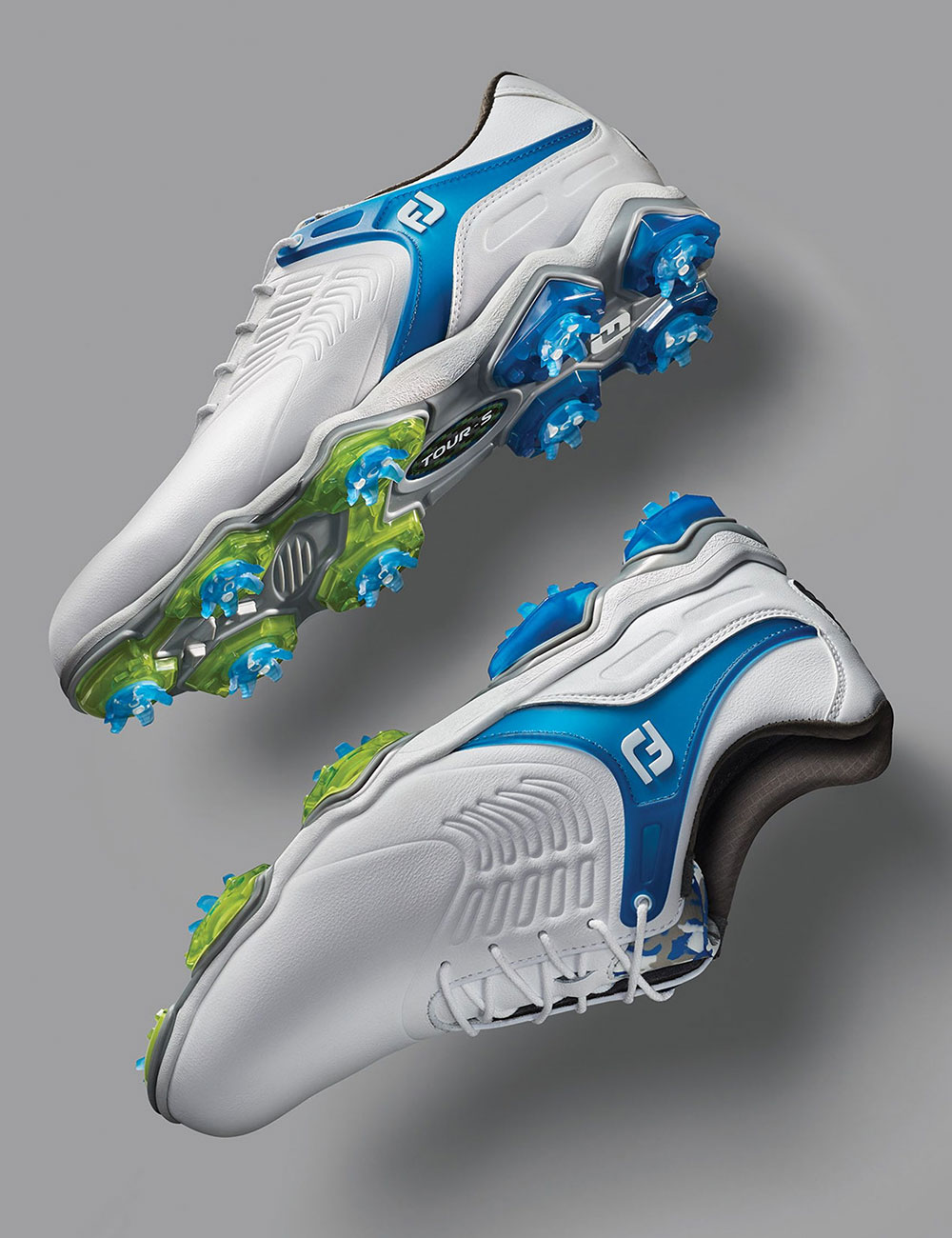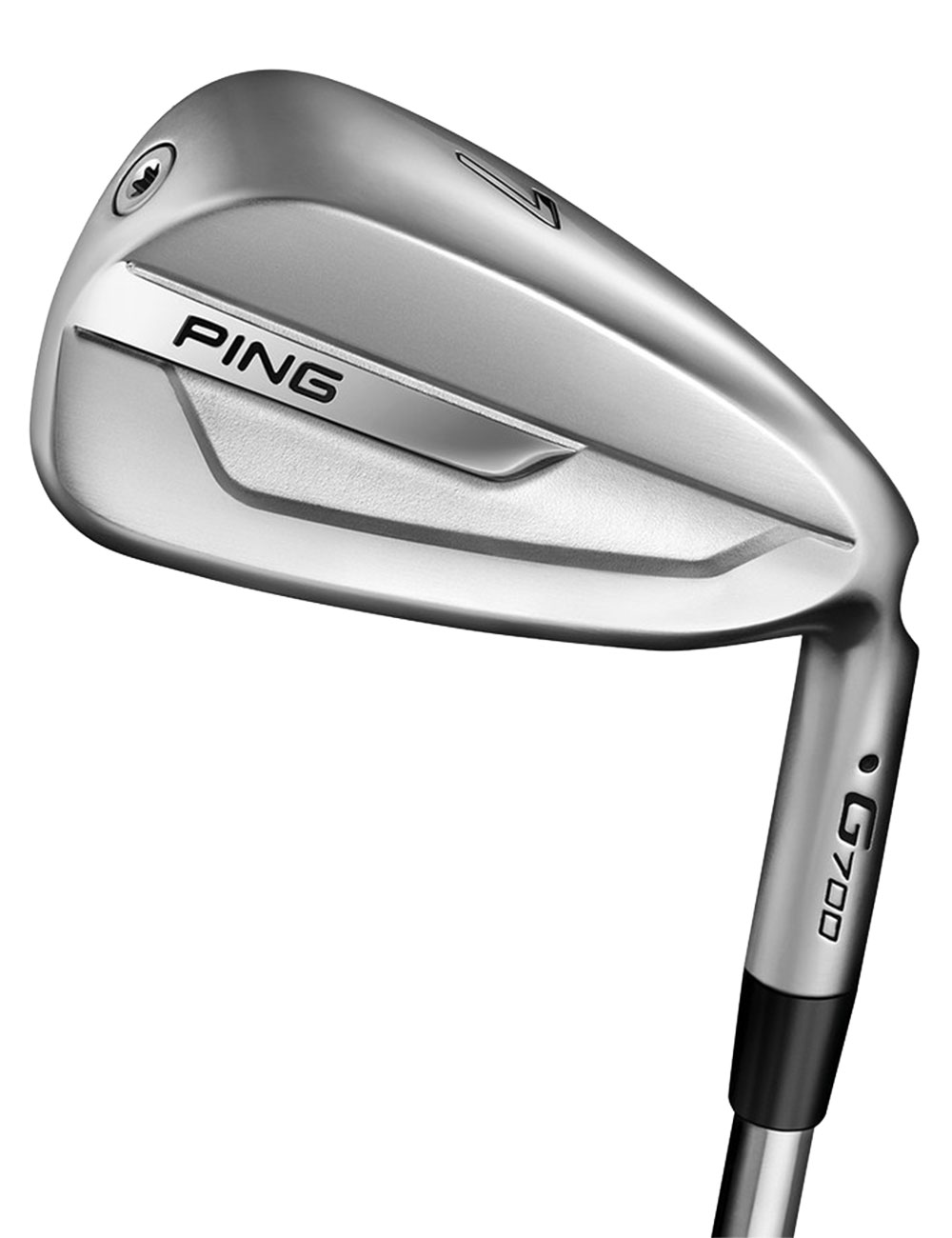New Callaway Chrome Soft Balls
The new Callaway Chrome Soft and Chrome Soft X balls probably won’t be candidates for winning the Nobel Prize, but they may be benefiting from one. And the results are balls designed to further enhance the difference in the golf-ball performance paradigm of low spin off the driver and high spin on the short shots.
The key behind both balls is the use of graphene, a one-atom thick nanoparticle that is part of the new balls’ dual-core construction. While that sounds an awful lot like science (and it is, as the discovery of graphene was awarded the Nobel Prize in physics in 2010), what Callaway sees it as is “a game-changer”, according to Dave Bartels, Callaway’s senior director of golf ball research and development.
The Chrome Soft and Chrome Soft X are multilayer urethane cover balls that feature a dual core. The graphene is incorporated into the outer core layer to increase the difference in compression between the outer core and the inner core, Bartels said. He said that increase means the inner core can be larger and softer than it’s been on past Chrome Soft balls to help full shots launch higher with less spin, but it also helps the soft urethane cover compress against a firm mantle and higher compression outer core for better short shot spin.
“We figured out how to incorporate graphene into the outer core in a way that opened up the design space for us to create a larger inner core that gives us the ability to increase launch angle with lower spin and incidentally improve the feel and sound of the golf ball,” Bartels said, calling the graphene “an enabling technology”.
The new Chrome Soft and Chrome Soft X balls continue Callaway’s emphasis on lower compression cores for softer feel and less spin off the tee, but they also utilise a softer cover and mantle layer under the cover to produce spin on short-game shots.
The Chrome Soft and Chrome Soft X are available now ($64.99, in white and optic yellow). Both balls will be offered in two Truvis patterns, as well (white-red and yellow-black as standard, along with other colour patterns at various times during the year). The Truvis features pentagon-shaped colour swatches distributed all over the cover in soccer-ball fashion, designed to improve a player’s view of the ball.
See callawaygolf.com.au for more
FootJoy Tour-S Footwear
 FootJoy has launched the all-new Tour-S, inspired by the best players in the world and created to deliver superior platform stability and overall tour-calibre performance.
FootJoy has launched the all-new Tour-S, inspired by the best players in the world and created to deliver superior platform stability and overall tour-calibre performance.
The Tour-S PowerPlate outsole provides an incredibly lightweight yet stable platform from which players efficiently transfer power throughout the golf swing. Built upon a foundation of a proprietary Pebax polymer, that is typically 20 percent lighter than other polymers, the PowerPlate features an integrated carbon weave fibreglass mid-foot plate and nine LaunchPods to create additional structure, surface area and ground coverage for maximum stability.
The Tour-S features FJ’s proprietary PowerStrap, a moulded component integrated into the shoe’s upper to provide lock-down medial and lateral support.  SecureCollar and ComforTongue technologies deliver a secure, precise fit round after round.
SecureCollar and ComforTongue technologies deliver a secure, precise fit round after round.
This shoe utilises a dual-density PU Fit-Bed to ensure all-day underfoot comfort and FJ’s exclusive Premium Performance Leather to achieve top-grade feel, finish and waterproof protection. Tour players such as Rafa Cabrera Bello, Kevin Kisner, Charley Hoffman, Andrew Dodt and Jason Kokrak have already put the Tour-S in play at tournaments around the world.
Available from mid March with a suggested retail price of $389.95 with Boa System; $349.95 laced.
See footjoy.com.au for more
Ping G700 Irons
 The new Ping G700 irons are the company’s first hollow-body set of irons, but you could say they were almost expected. The company, known for its one-piece investment cast irons since the 1960s, is building the G700 irons on the shoulders of its success with a hollow-body, iron-like hybrid called the Crossover.
The new Ping G700 irons are the company’s first hollow-body set of irons, but you could say they were almost expected. The company, known for its one-piece investment cast irons since the 1960s, is building the G700 irons on the shoulders of its success with a hollow-body, iron-like hybrid called the Crossover.
Now, it’s using some of that same idea to cross over to its iron lineup. Ping originally introduced the G Crossover in 2016 and followed that with the G400 Crossover. What engineers saw was an opportunity to dramatically improve the way the face bends at impact for higher ball speeds and more distance. According to Marty Jertson, Ping’s director of product development, the face insert on the hollow-body G700 irons deflects at impact nearly as much as it is thick.
“The G700 iron was a lot of fun to work on,” Jertson said, who noted that the Crossover irons were an inspiration because they were right at the limits of R&A and USGA rules for spring-like effect.
“It produces twice as much face deflection as the G iron, where the face is behaving a little in the way that we see with a metalwood.”
See americangolf.com.au for more



